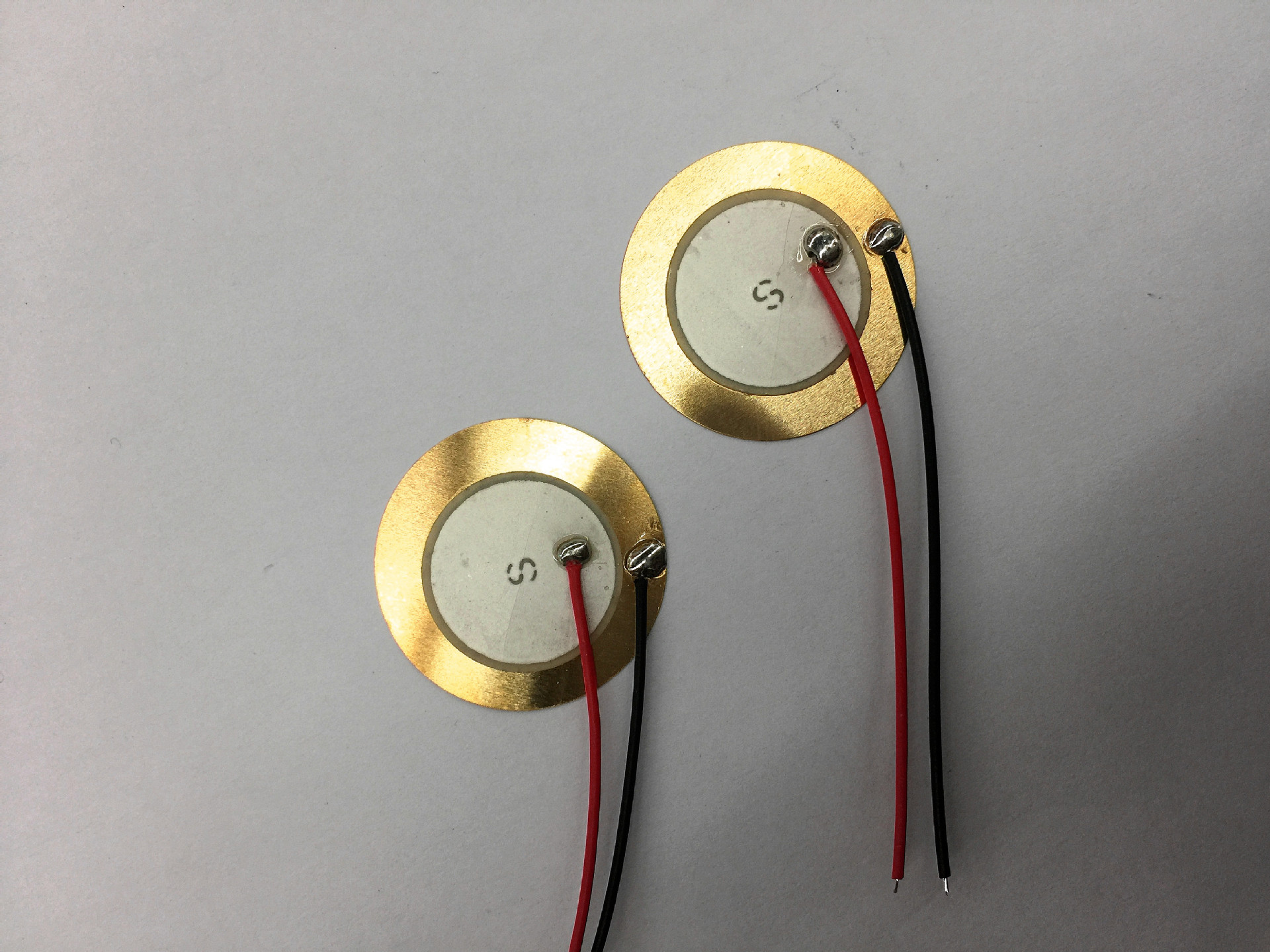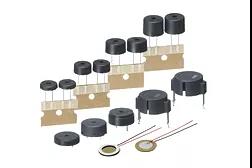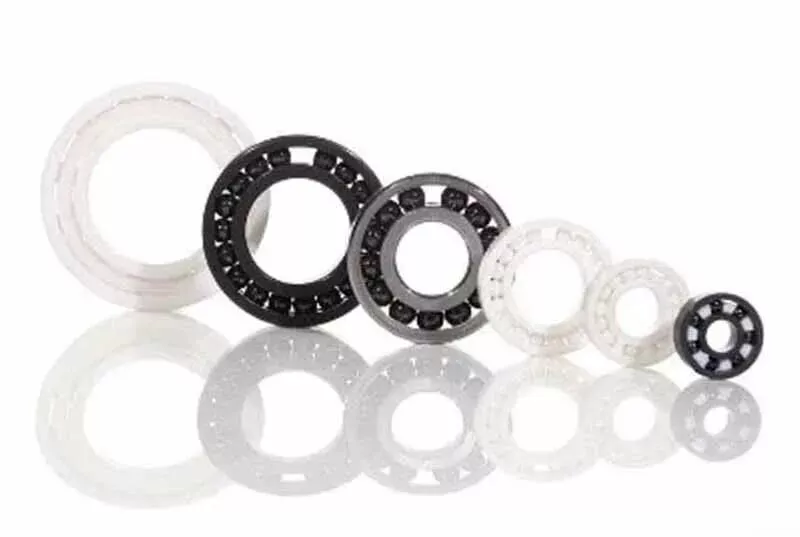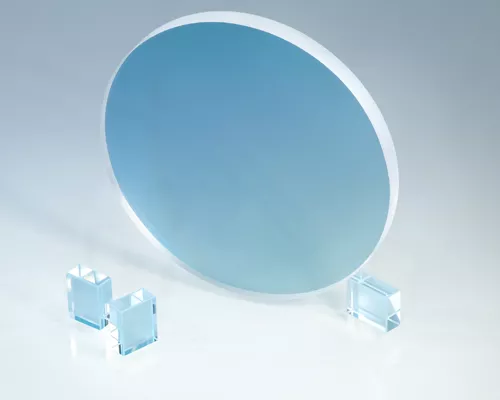1. How does piezoelectric ceramics become a part of electro-acoustic components?
Piezoelectric ceramics, as a type of polycrystalline ferroelectric material, can convert mechanical performance and electrical energy into information. In addition to piezoelectricity, it also has dielectric and elastic properties. The original piezoelectric ceramics do not have piezoelectric properties. The polarization occurs during the preparation process by utilizing the relative displacement of the internal positive and negative charge centers caused by mechanical stress, which leads to the appearance of opposite bound charges on the surfaces of the material (i.e., piezoelectric effect).
Currently, piezoelectric ceramics are widely used in modern electronic technology, sensing technology, and electro-acoustic technology product applications. Electro-acoustic components, as a type of device that can convert electrical and sound energy, cover every aspect of social life, from military monitoring and alarm systems to household appliances. Common electro-acoustic components in daily life include buzzers, speakers, microphones, and hydrophones. There are many types of piezoelectric ceramics, and the piezoelectric material used on buzzers is usually high-pressure polarized piezoelectric ceramic sheets.

Figure 1. Piezoelectric ceramic buzzer via the internet
2. Composition of piezoelectric buzzer
As a type of electro-acoustic transducer, the piezoelectric buzzer is mainly composed of a piezoelectric ceramic sheet, metal sheet, lead wire, and resonance chamber, which is driven by an oscillator composed of an integrated circuit or transistor. After the power is turned on, the oscillator oscillates, and the audio signal output drives the piezoelectric buzzer to generate sound through the impedance matcher.
The main component of the piezoelectric buzzer is a composite structure composed of a polarized piezoelectric ceramic sheet adhered to an elastic vibration plate (mostly a metal sheet). There are two types of structures: single piezoelectric sheet type and double piezoelectric sheet type. The former is called a single piezoelectric sheet type, and the latter is called a double piezoelectric sheet type. The single piezoelectric sheet type is the most commonly used. When an AC signal is added, the piezoelectric ceramic sheet stretches and shrinks, causing the entire structure to bend and vibrate. This composite structure is called a piezoelectric buzzer element, which is also called a piezoelectric diaphragm or piezoelectric vibration plate due to its thin shape.
External structure:
They are usually round and composed of a piezoelectric ceramic sheet, lead wire, and resonance chamber.
The piezoelectric ceramic sheet is composed of a metal coating, ceramic sheet, glue, and metal sheet.
3. Characteristics and applications of piezoelectric buzzer
Piezoelectric buzzers have the characteristics of small size, high sensitivity, low power consumption, good reliability, low cost, and good frequency characteristics. They are widely used in alarm and sound-emitting components of various electrical products. Commonly used products include musical greeting cards, electronic watches, pocket calculators, electronic doorbells, and electronic toys.

Figure 2. Piezoelectric buzzer via TDK official website
The above figure shows the piezoelectric buzzer products designed and produced by TDK, which uses a single crystal piezoelectric vibration plate as the sound-emitting body. It has a small size, low voltage, and high volume, and is a high-performance piezoelectric buzzer designed for easy installation on circuits. At the same time, it is also a self-excited oscillator product with high design flexibility, which can be used as various music speakers and buzzers.
Declaration: This article is provided by CERADIR™ users or obtained from Internet, the content does not represent the position of CERADIR™. We are not responsible for the authenticity/accuracy of the article, especially the effects of the products concerned. This article is for study only, it does not constitute any investment or application advice. For reprinting, please contact the original author. If it involves the copyright and/or other issues, please contact us and we will deal with it asap! CERADIR™ has the interpretation of this declaration.







